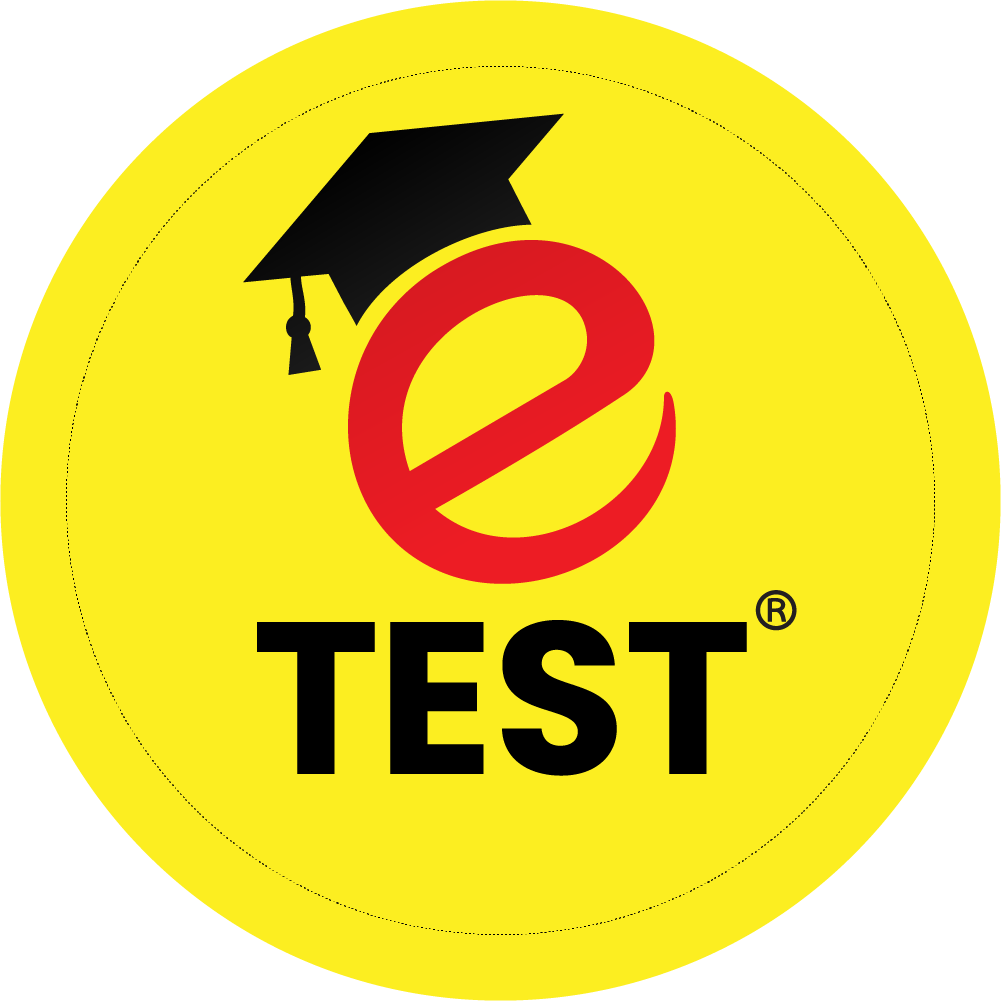- Arm Bone
- Ear Bone
- Hand Bone
- Femur (Thighbone)
- d
-
Smallest bone of human body is Stapes (Ear Bone).
Everyday Science MCQs
All Everyday Science MCqs from Current & Past Papers have uploaded on ETEST Website. All Everyday Science MCQs are solved with complete detail. Visitors should visit ETEST Website regularly for Best Jobs Tests Preparation because ETEST Team updates ETEST Website on daily basis.
Largest Organ of human body is:
- Leg
- Abdomen
- Skin
- Arms
- c
-
Largest gland of human body is Liver.
How many bones in human face?
- 11
- 12
- 13
- 14
- d
-
Human Ear consist of three tiny bones.
How many bones in Human Skeleton?
- 200
- 206
- 260
- 290
- b
-
There are total 300 bones in a new born baby, with the passage of times bones merges with each others and became 206 bones.
Which Planet is called Bodyguard of Earth?
- Neptune
- Marsh
- Jupiter
- Uranus
- c
Which type of lens are used in Camera?
- Convex
- Concave
- Both A & B
- None of these
- a
-
There are used same type of mirror in Cars.
RBC stands for:
- Red Blood Cells
- Red Blue Cells
- Red Black Cells
- None of these
- a
-
The life span of Red Blood Cells is 120 days (Approximately).
What is speed of light?
- 370,000 Km/Sec
- 300,000 Km/Sec
- 350,000 Km/Sec
- 320,000 Km/Sec
- c
-
Speed of sound is 343m/sec.
Study of Insects is called:
- Cardiology
- Entomology
- Dermatology
- Geology
- b
-
Study of Heart is called Cardiology
Study of Skin is called Dermatology
Study of Earth is called Geology
Study of Blood is called:
- Hematology
- Virology
- Osteology
- None of these
- a
-
Study of liver is called Hepatology
Study of Virus is called Virology
Study of Bones is called Osteology
